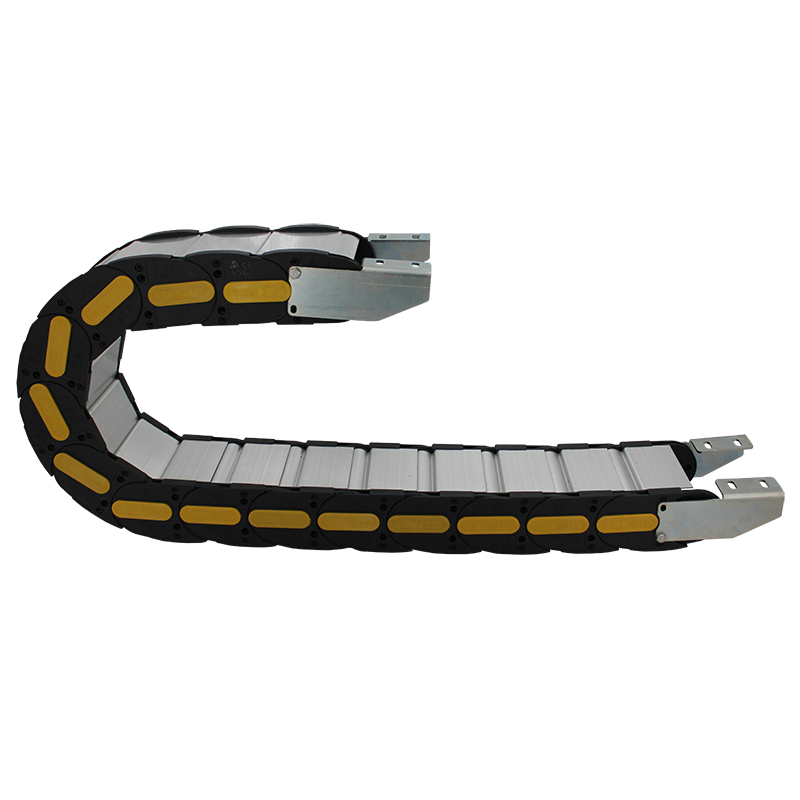Understanding the Functionality and Applications of Drag Conveyors in Material Handling
Understanding Drag Conveyors The Silent Workhorses of Material Handling
In the realm of material handling, drag conveyors stand out as essential equipment for transporting bulk materials efficiently. Unlike more conventional conveyor systems, drag conveyors employ a unique mechanism that makes them particularly advantageous for various industrial applications. Understanding the functionality, design, and advantages of drag conveyors can provide insights into why they are considered the silent workhorses of manufacturing and processing environments.
What is a Drag Conveyor?
A drag conveyor, also known as a drag chain conveyor or a scraper conveyor, consists of a series of linked metal plates or scrapers that are pulled through a trough by a chain. This design allows the conveyor to carry materials along a horizontal or inclined path. Typically, drag conveyors are used to transport bulk materials such as grain, sand, coal, and various other aggregates. The mechanism allows for a controlled and gentle handling of materials, reducing the risk of degradation or damage.
How Do Drag Conveyors Work?
The operation of a drag conveyor is straightforward. As the chain moves, the attached scrapers lift the material and drag it along the length of the trough, which can be configured to suit the layout of the facility. This continuous motion ensures that materials are transported steadily and efficiently without the need for manual handling. The design of the conveyor minimizes spillage and ensures that the material remains contained within the trough.
One of the key features of drag conveyors is their modular design. This flexibility allows for various configurations, such as inclines and declines, making it easy to integrate them into existing systems. Drag conveyors are often used for both horizontal and vertical transport, providing adaptability in design. Depending on the application, both the speed and the carrying capacity of the conveyor can be adjusted to meet specific requirements.
Advantages of Drag Conveyors
drag conveyor

1. Efficiency Drag conveyors can transport large volumes of material with minimal energy consumption. Their continuous operation means that they are particularly effective for large-scale operations, where time and productivity are essential.
2. Durability The design of drag conveyors is inherently robust. Made from high-strength materials, they can withstand harsh operating conditions and heavy loads, reducing the frequency of maintenance and downtime.
3. Minimal Spillage Unlike some other conveyor types, drag conveyors are designed to contain the material effectively, reducing waste and mess in the workplace. This containment also leads to safer working conditions, as it lessens the risk of slip hazards associated with spilled materials.
4. Flexibility The ability to customize drag conveyor systems to fit specific spatial requirements sets them apart. Whether needing to convey material in tight spaces or on an incline, drag conveyors can be tailored accordingly.
5. Cost-Effectiveness Over time, the durability and low maintenance needs associated with drag conveyors can result in significant cost savings. Their efficiency reduces operational costs, making them an economical choice over the long term.
Applications of Drag Conveyors
Drag conveyors find application across various industries, including agriculture, mining, aggregates, and food processing. In agriculture, for example, they are used to move grain from storage to processing areas. In mining and aggregates, drag conveyors efficiently transport materials like coal and sand from one point to another in the production line.
In summary, drag conveyors serve as vital components in the material handling landscape, providing efficiency, durability, and adaptability. Their ability to transport bulk materials quietly and effectively makes them indispensable across various industries. By understanding their operation and advantages, businesses can leverage drag conveyors to optimize their processes and enhance productivity. As industries continue to innovate, drag conveyors will undoubtedly play a significant role in shaping the future of material handling.








